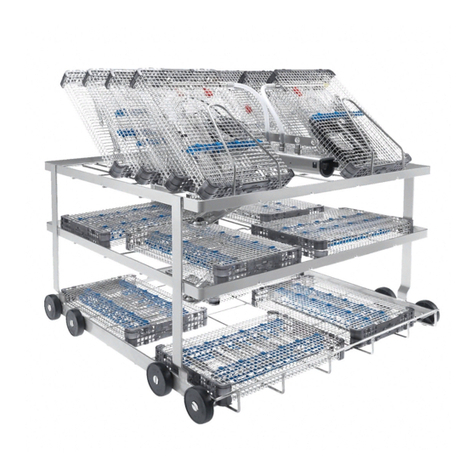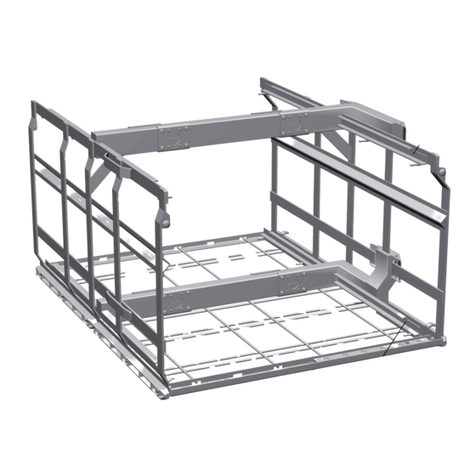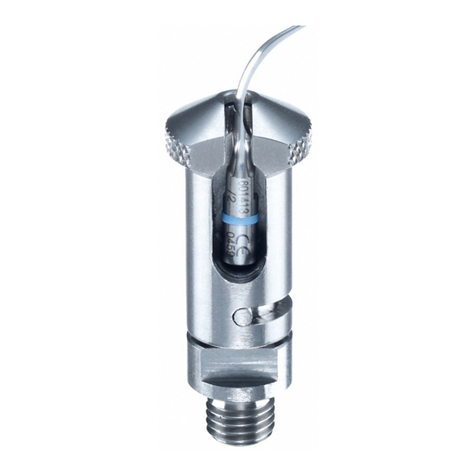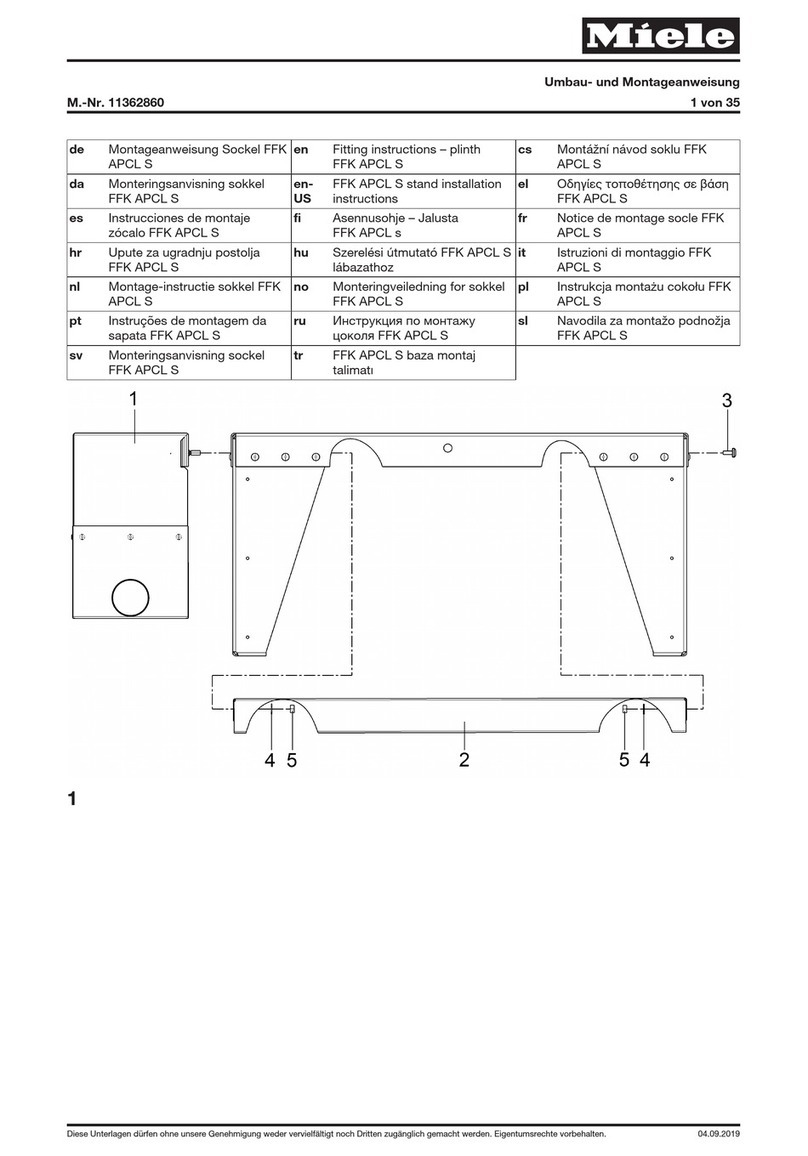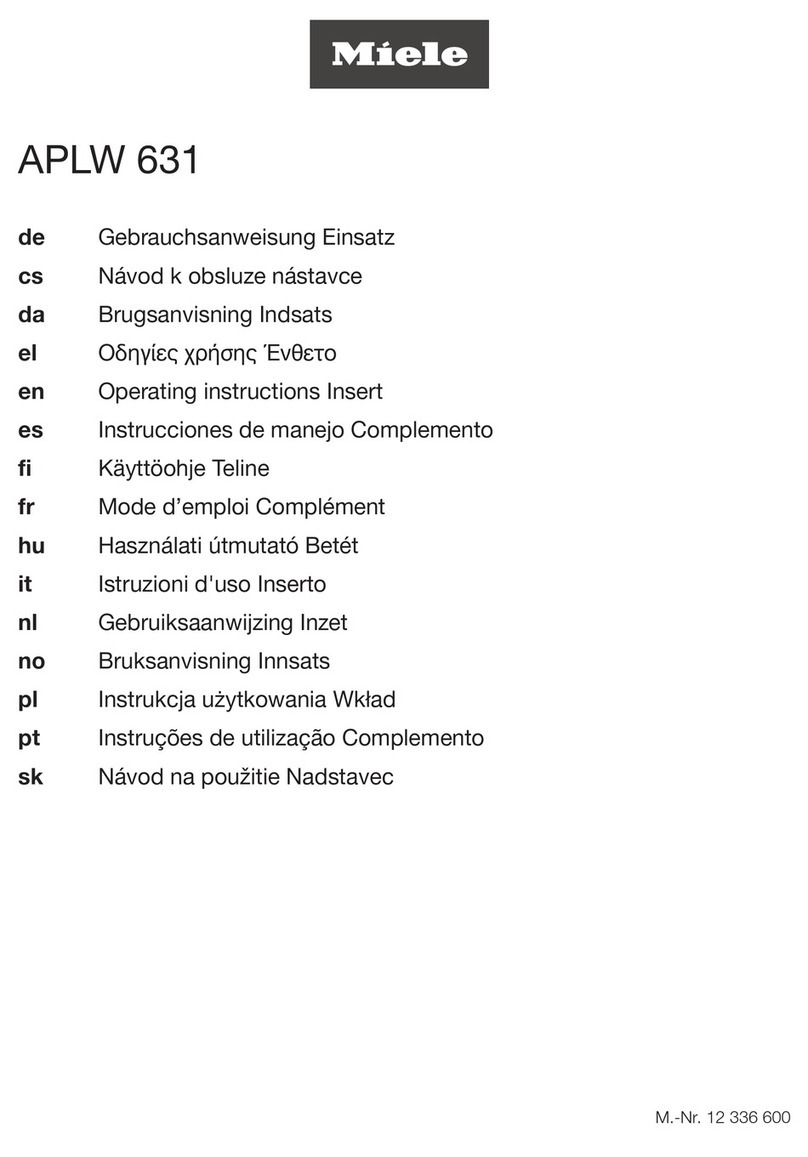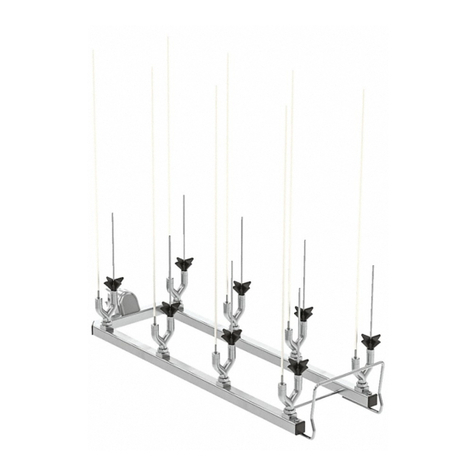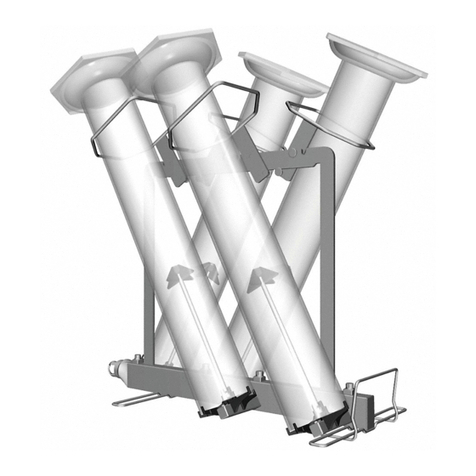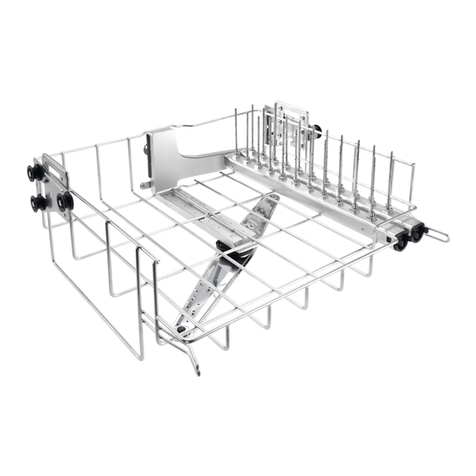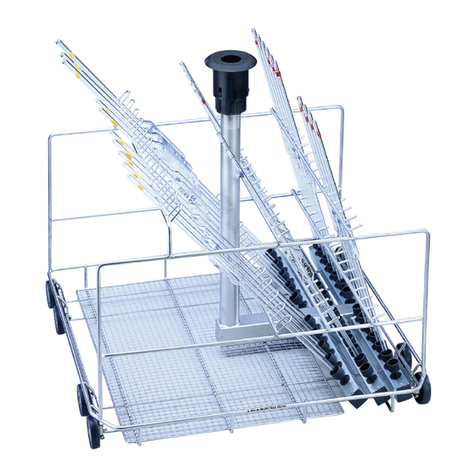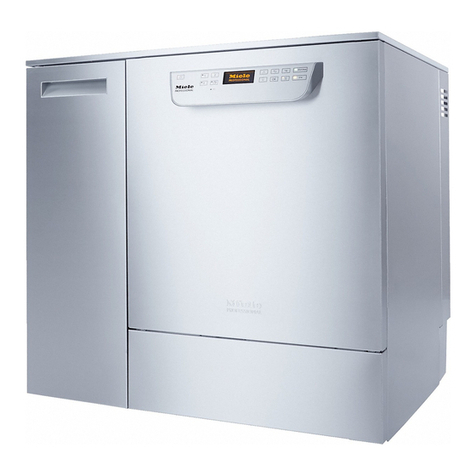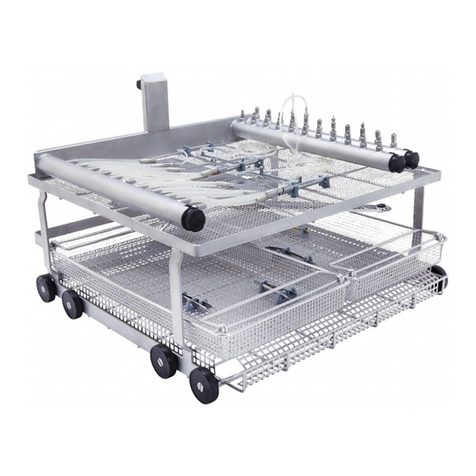Contents
3
Dispensing neutralizing agent or rinse aid .......................................................................... 49
Neutralizing agent........................................................................................................... 49
Rinse aid......................................................................................................................... 49
Filling the reservoir ......................................................................................................... 50
Detergent............................................................................................................................. 52
Refilling liquid cleaning detergent .................................................................................. 52
Refill indicator................................................................................................................. 53
Dispensing liquid process chemicals ............................................................................. 53
Dispensing powder cleaning detergents........................................................................ 54
Operation............................................................................................................................56
Selecting a program ............................................................................................................ 56
Starting a program .............................................................................................................. 56
Starting a program using delay start .............................................................................. 56
Program sequence indicator ............................................................................................... 58
End of program.................................................................................................................... 58
Interrupting a program......................................................................................................... 59
Cancelling a program .......................................................................................................... 60
Program cancelled due to a fault ................................................................................... 60
Cancelling a program manually ...................................................................................... 60
Settings ...........................................................................................................................61
Delay start ........................................................................................................................... 62
DOS venting ........................................................................................................................ 63
Language ......................................................................................................................... 64
Date ..................................................................................................................................... 65
Time of day.......................................................................................................................... 67
Volume................................................................................................................................. 70
Additional settings ............................................................................................................71
PIN code.............................................................................................................................. 73
Entering the PIN code .................................................................................................... 73
Release........................................................................................................................... 74
Log book ............................................................................................................................. 76
Temperature unit.................................................................................................................. 77
Moving a program: allocating program selection buttons................................................... 78
Additional functions............................................................................................................. 79
Reset .............................................................................................................................. 80
Increased water level...................................................................................................... 81
Interim rinse.................................................................................................................... 81
Dispensing systems ....................................................................................................... 82
Temperature / Time ........................................................................................................ 86
Program release .................................................................................................................. 88
Water hardness ................................................................................................................... 88
Display: Temperature........................................................................................................... 89
Display: brightness and contrast......................................................................................... 90
Switch off after (Auto-Off function)...................................................................................... 91
Activating standby.......................................................................................................... 92
Factory default..................................................................................................................... 93
Software version.................................................................................................................. 94
Maintenance ......................................................................................................................95
Service................................................................................................................................. 95







